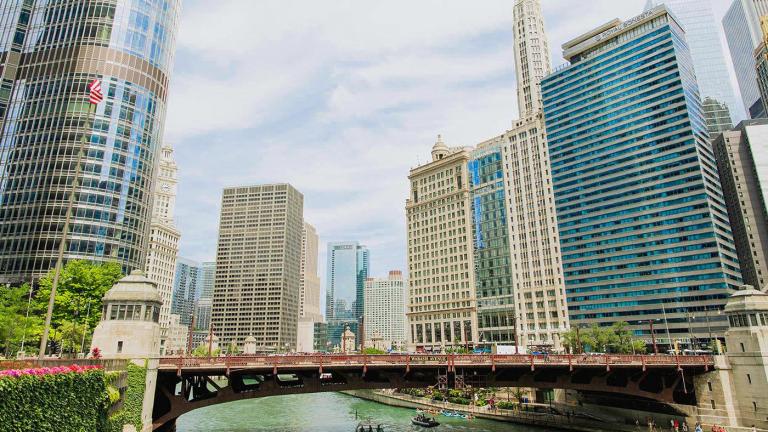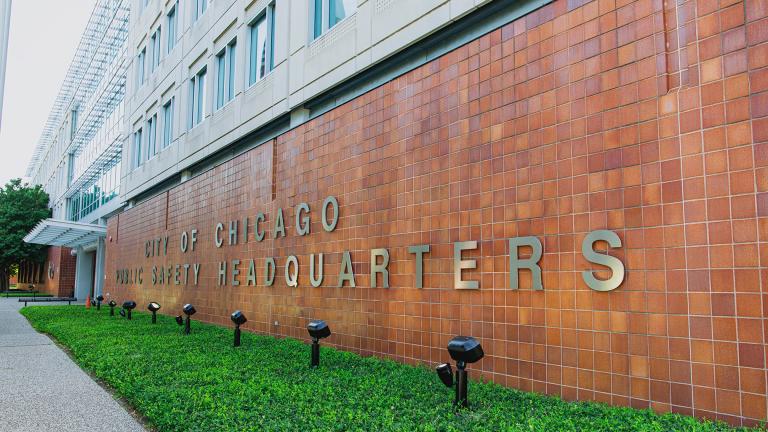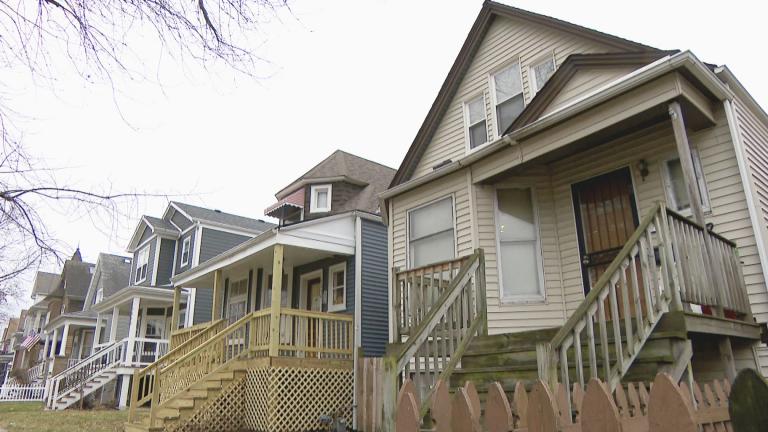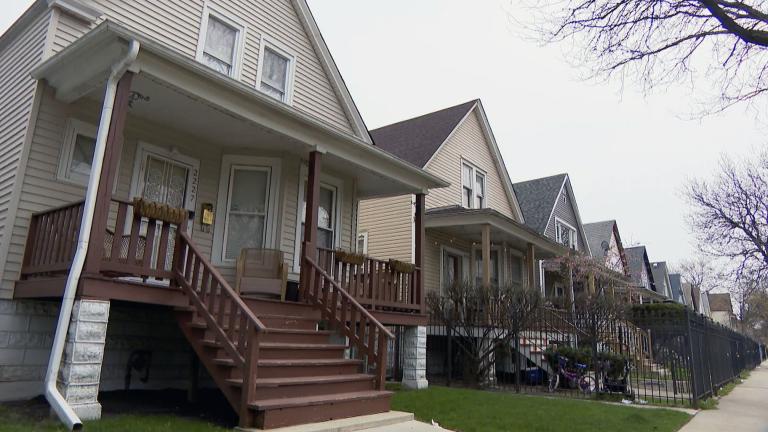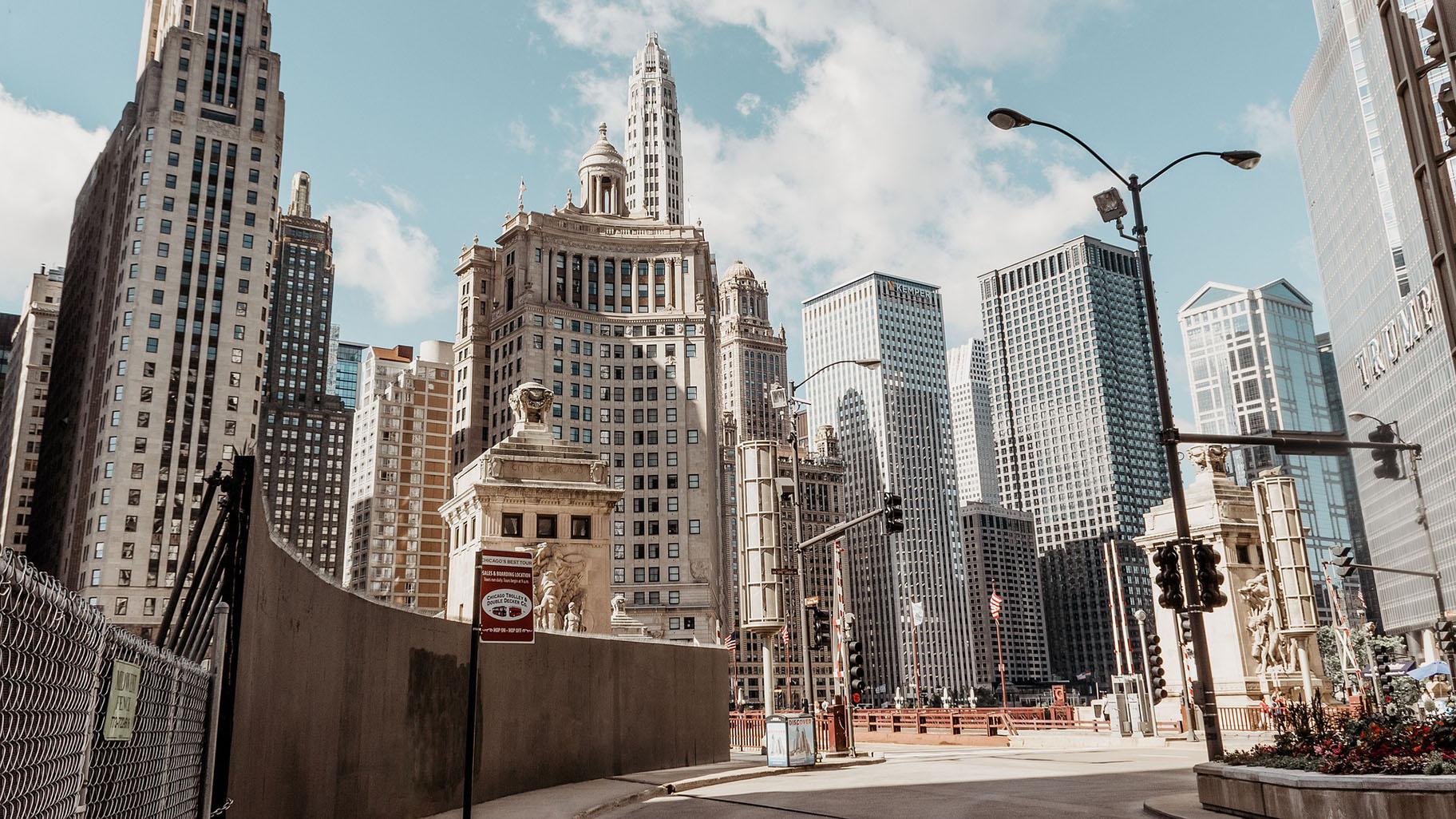 (Jürgen Polle / Pixabay)
(Jürgen Polle / Pixabay)
While Mayor Lori Lightfoot contends Chicago is “fiscally bouncing back” from the COVID-19 pandemic and economic crisis, the city’s projections show Chicago officials will be forced to confront massive deficits through 2024 — even under the best financial circumstances.
Before the pandemic, Chicago finance officials projected that the city would eliminate its longstanding imbalance between revenues and expenditures and reach structural balance in 2023.
In all, the pandemic cost the city $1.7 billion, complicating those efforts.
If the city fails to reach structural balance on the timetable set by the Lightfoot administration, it could cause Wall Street ratings agencies to drop the city’s credit rating, making it more expensive for the city to borrow money.
If the city’s credit rating is downgraded, that would significantly complicate the city’s plan to refinance $1 billion in debt to generate $250 million in 2021. That will cover the bulk of the $275 million the city would owe to the 11,000 rank-and-file members of the Chicago Police Department under the terms of a tentative agreement that has yet to be approved by officers or the Chicago City Council.
Chief Financial Officer Jennie Huang Bennett told reporters Wednesday that the city was still on track to meet that goal, even as her office’s detailed forecast for 2023 under the most optimistic scenario projected a budget gap of $514 million.
A spokesperson for the city’s Office of Budget and Management said officials will continue to work toward structural balance in 2022 and 2023 after implementing $1 billion in “structural solutions” during the past two years, which created solutions that will “carry over year to year.”
The city’s budget deficit for 2022 is projected to be $733 million, Lightfoot said Wednesday, emphasizing that gap is 40% smaller than the shortfall the city faced in August 2020, months after the COVID-19 pandemic forced the city to shutter much of its economy between mid-March and early June 2020.
During her speech, Lightfoot touted the number of large corporations moving to Chicago as well as the city’s rebounding convention and hotel business.
“Businesses are validating why a bet on Chicago is the right bet,” Lightfoot said.
The mayor also touted the city’s $3.7 billion infrastructure plan, approved in October, saying it had already created “hundreds of jobs” and would spur economic development by improving Chicago’s roads and bridges.
If the city’s economy makes a “more rapid return to pre-pandemic economic conditions” and experiences “strong revenue growth” its budget gap would total $514 million in 2023 and $391 million in 2024, according to the city’s budget forecast.
Those projected increases are due primarily to the city’s rising pension bills to its four employee funds as well as increasing personnel costs, even as the number of city employees has decreased by more than 350 workers in the past decade, according to the budget forecast.
Under a scenario considered most likely by Chicago finance officials, the city is expected to face a budget gap of $866 million in 2023 and $848 million in 2024.
However, there is no guarantee that the surge of confirmed cases of COVID-19 driven by the more transmissible delta variant will not stymie the city’s recovery.
Under the scenario in which the city’s finances are “affected by unfavorable economic conditions” or the pandemic continues to rage, forcing the city to spend more while reducing revenues, the budget deficit will swell back to the level it hit in 2021, according to the forecast.
That could force officials to confront a $1.2 billion deficit in 2023 and a $1.3 billion deficit in 2024, according to the forecast, which would certainly require significant cuts in services as well as painful tax hikes.
Lighfoot is set to introduce her detailed proposal for the city’s 2022 spending plan in mid-September, which will include a plan to spend the $1.9 billion set to flow to Chicago from the relief package signed into law by President Joe Biden in March.
The mayor has already proposed using approximately 40% of those funds to cover the cost of providing city services and paying city workers during the pandemic and make up for revenue lost during the pandemic.
Contact Heather Cherone: @HeatherCherone | (773) 569-1863 | [email protected]

